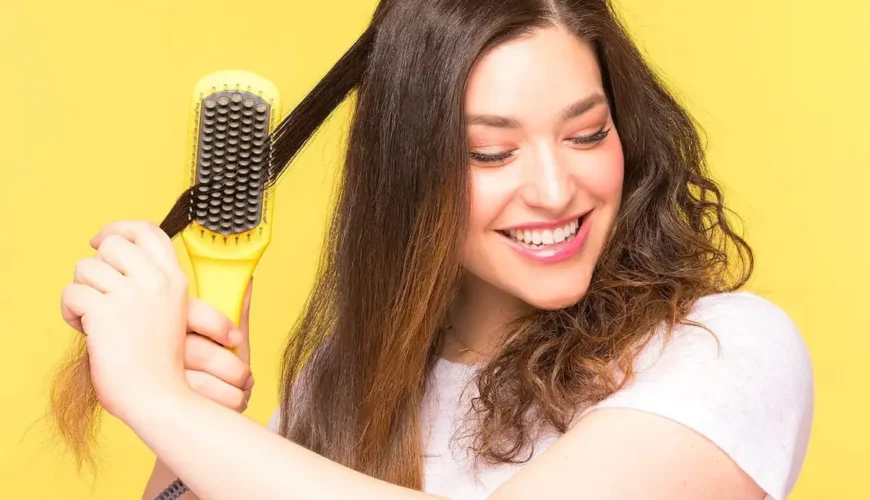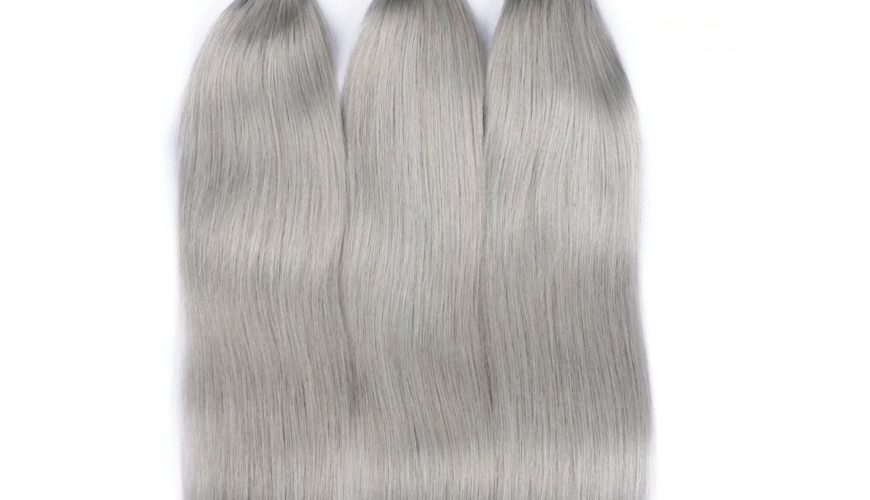The hairstyling and beautification industry is something that will never end. People’s hair will continuously grow then your loyal clients will eventually come back again. In that case, you might want to consider becoming a hairstylist or a beautician if you are looking for a career that offers positive job security.
Reasons to Become a Hairstylist
There are several reasons why some people enter the beauty industry and become a stylist.
- Most people in the beauty industry love everything about hair and beautification. They enjoy cutting and styling people’s hair while getting paid to do it.
- Job Security. According to the U.S. Bureau of Labor Statistics, the demand for licensed cosmetologists will increase by around 20% in the next five years. It means that there will always be new career options available.
- Flexible Working Hours. Many hairstylists choose to work independently rather than working in salons to manage their own time. That way, you can work anytime and anywhere you want.
What are the Tools Needed?

Whether you have decided to work in a salon or independently, there is a hair styling toolkit that you must have.
- All-Purpose Shears. These types of hair-cutting scissors vary in size ranging from 5.5 inches to 6.5 inches. Smaller shears are perfect for precision cutting. Longer shears work best for large sections and compressed cuttings.
- Blending or Thinning Shears. This type of scissors is used for removing weight, softening lines, and adding controlled texture. Having convex blades and opposing grip handles is the best option to make it reversible.
- Blow Dryer. The recommended type of blow dryer is something light yet delivers a powerful airflow with a minimal sound. If you plan to buy one, look for a professional ionic blow dryer that speeds up drying time.
- This tool is for removing hair quickly while creating excellent textures. It is best to look for a razor with an ergonomic finger design and interchangeable blades.
- Section Clips. This tool helps in sectioning hair while cutting, styling or coloring. Dry sectioning clips are a better option if you plan to buy one.
- Curling Iron. Preferably, 1-inch curling iron with control and diversity in technique is best if you plan to have one. It is useful enough to create different styles.
- Comb Set. Having a variety of combs that you can use for a haircut, hair coloring, or styling. Use black and ivory colors that give better visual contrast between dark and light hair.
- Paddle and Round Brush. A paddle brush with a soft cushioned base and ball-tipped nylon bristles makes detangling hair quick and safely. You must also have a round brush of different sizes for creating flawless blowouts.
- Hair straightener. You can also use it to make waves, crimps, and curls.
- Water Bottle. Yes. Every hair stylist should have a handy water bottle for misting and saturating the hair.
Qualifications of a Hair Stylist

After getting your toolkit ready, you should also meet the requirements of becoming a hairstylist. First, you must be at least 16 years old and have a high school diploma needed for admission to a state-approved cosmetology program. You should attend these programs to earn an associate degree upon completion.
After that, you may get your license from the state you want to work. They might ask you to provide proof of training and take a practical exam to demonstrate your skills. And then you are good to go.
Working as a hairstylist can be both exciting and satisfying. You are helping other people to achieve the looks they want. And you are pursuing your personal goals by doing the things you love.




